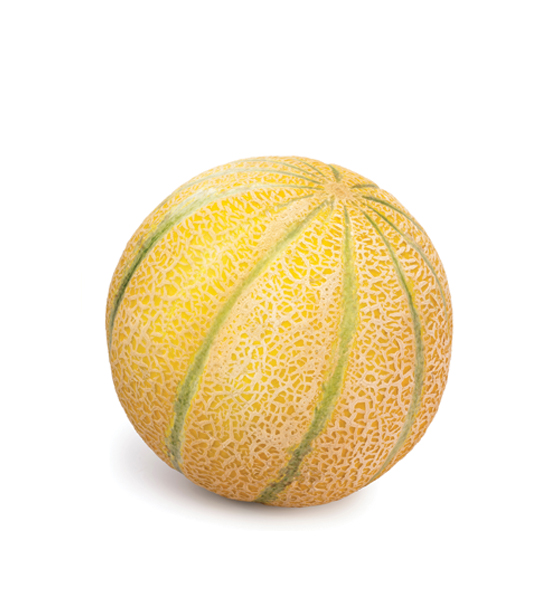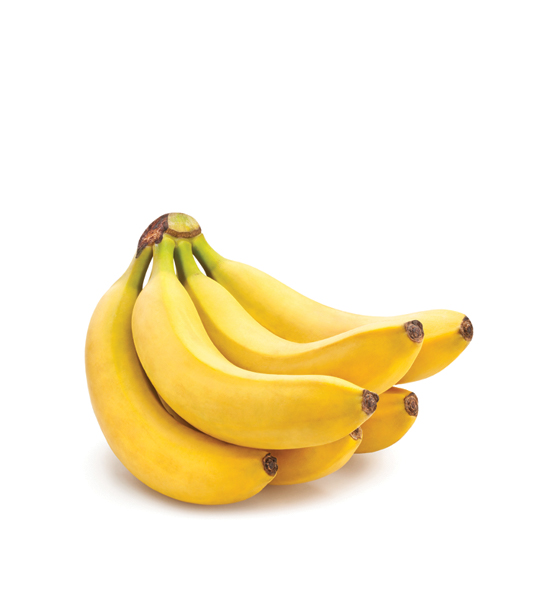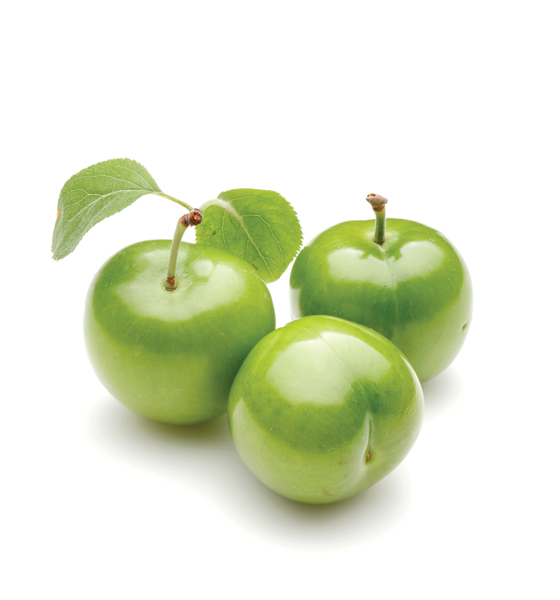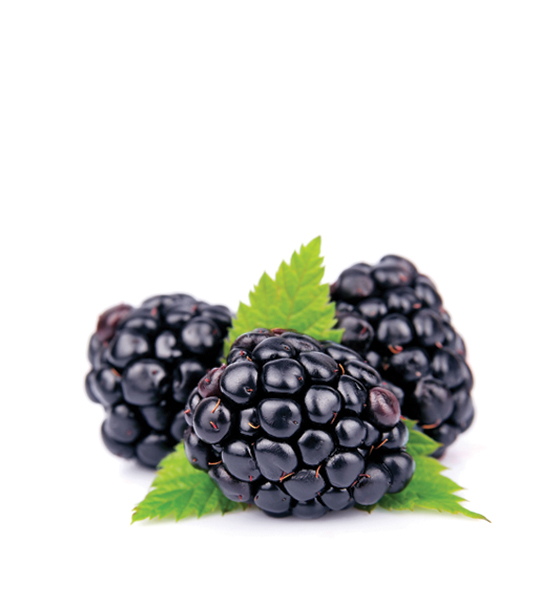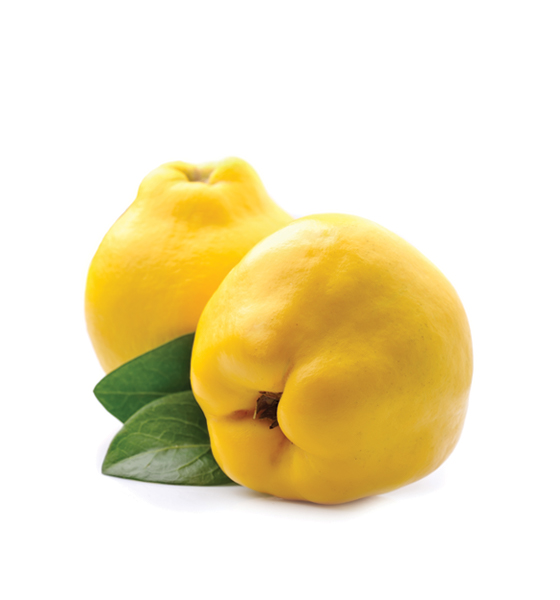PAMUKOVA MELON
Pamukova Melon is a variety known for its thin skin, medium size, juicy and sweet flesh, distinctive aroma, and plentiful seeds. It is typically harvested in the middle of July and continues until mid-August. Harvesting is done early in the morning.
SPECIFICATIONS
Country: TURKEY
Size/Weight: (+) 200 g
Packaging Weight: 03 | 05
Product added!
Browse Wishlist
The product is already in the wishlist!
Browse Wishlist
Category: Fruits
Description
At harvest time, the skin of the fruit turns yellowish, the veins shift from light green to yellow, and the veins become more prominent. The surface in contact with the ground starts to yellow. The stem of the melon dries out and easily separates when picked. The hairs on the surface of the skin shed. The melons are harvested by gently twisting them around the stem and then cutting them off with a knife or scissors.
Related products
BANANA
[vc_row][vc_column][vc_column_text]BENEFITS
Adding an adequate amount of banana to your diet helps increase insulin sensitivity.
Due to its fibrous structure, banana consumption can help regulate the digestive system. It has a positive effect on kidney health. One of the benefits of bananas is that it provides a feeling of fullness, which is a significant advantage. This feeling of fullness effectively suppresses hunger for a long time. Therefore, it can be easily used in diets. Banana creates an antioxidant effect, thus being highly effective in protecting cells from oxidative stress. Banana is a preferred food for athletes as it helps enhance athletic performance. Banana also beautifies the skin. It helps alleviate stomach ailments. Due to its potassium content, it is a powerful source of energy.[/vc_column_text][/vc_column][/vc_row]
Product added!
Browse Wishlist
The product is already in the wishlist!
Browse Wishlist
PLUM
[vc_row][vc_column][vc_column_text]Plums have spread over wide areas due to the multitude of different subspecies, their adaptability to various ecologies, and their rich genetic diversity. The cultivation of plums is increasingly popular worldwide and in our country due to the ease of cultural practices in plum farming, the long harvesting season, and its high nutritional value. With the opportunity provided by different ecological regions in our country, it is possible to see plum varieties in the country's market for 5-6 months. Plum is a hard-seeded fruit used for eating fresh, drying, or in cooking. In 100 grams of fresh plum, there are 66 calories, 17.8 grams of carbohydrates, 299 mg of potassium, 17 mg of phosphorus, 2 mg of sodium, 18 mg of magnesium, 0.5 mg of iron, 0.4 mg of fiber, and it also contains vitamins A, B1, B2, B3, B6, C, and E.[/vc_column_text][/vc_column][/vc_row]
Product added!
Browse Wishlist
The product is already in the wishlist!
Browse Wishlist
BLACKBERRIES
[vc_row][vc_column][vc_column_text]BENEFITS
Blackberries are a fruit high in vitamins A, C, and K, copper, magnesium, and fiber. They are rich in antioxidants, making them effective in preventing and improving conditions like cancer, heart diseases, and allergic reactions. Due to their high content of anthocyanins and ellagitannins (ETs) along with other phenolic compounds, blackberries have a high antioxidant capacity. Blackberries contain significant amounts of minerals and vitamins essential for health. They have small amounts of vitamins A, B, and C and are very valuable for their dietary fiber content. Blackberries contain 4-6 grams of fiber per 100 grams, which is higher than many other fruits like bananas, pears, and apples. High fiber intake has been found to have a protective effect against colon cancer and heart diseases. These fruits are naturally low in saturated fats, cholesterol, calories, and sodium. With their strong antioxidant properties, blackberries play an important role in preventing diseases such as cancer.
Regular consumption of blackberries also has positive effects on the brain, helping to preserve memory. Due to their antioxidant properties, they are anti-inflammatory. Blackberries protect vascular and heart health and are beneficial for blood values. Blackberries significantly impact blood health, from preventing blood clotting to reducing menstrual pain. They regulate the digestive system, help with mouth ulcers, and maintain oral health. They strengthen the immune system, protecting the body from external factors and aiding in the recovery from illnesses. Blackberries also protect the skin from harmful rays and play a crucial role in maintaining skin health.[/vc_column_text][/vc_column][/vc_row]
Product added!
Browse Wishlist
The product is already in the wishlist!
Browse Wishlist
QUINCE
[vc_row][vc_column][vc_column_text]BENEFITS
In the region where it is cultivated, quince is used for medicinal purposes in the community. The leaves of the plant are used in complementary medicine for conditions such as cough, diarrhea, asthma, kidney stones, hypertension, headache, abdominal pain, and the common cold. Quince leaves are used as a cough suppressant, for flu and cold relief, and as a bronchial sedative. Quince fruits strengthen and relax the heart, alleviate heart palpitations, and bad breath. They also reduce fever and stop diarrhea, aid digestion, strengthen the stomach and intestines, and relieve inflammation of the small intestine. Quince contributes to overall body development. It is beneficial for vascular hardening, liver laziness, lowering blood pressure, and regulating bile. Quince leaf tea is known for relieving heart pain and has calming properties. Quince jam, made from its fruit, serves as a remedy for digestive system disorders and enhances sexual desire.
Quince is an important fruit species cultivated in various ecologies in our country, as well as globally. Turkey is a leading country in quince production worldwide. In recent years, there has been a significant increase in both the cultivation area and production volume of quince in our country, with Sakarya province having the most substantial share in this increase. Geyve quince, due to its juicy and firm fruit structure, balanced sugar and acid content, is highly preferred. In addition to fresh consumption, quince is used to make jams, jellies, marmalades, fruit juices, and herbal dyes.[/vc_column_text][/vc_column][/vc_row]
Product added!
Browse Wishlist
The product is already in the wishlist!
Browse Wishlist

